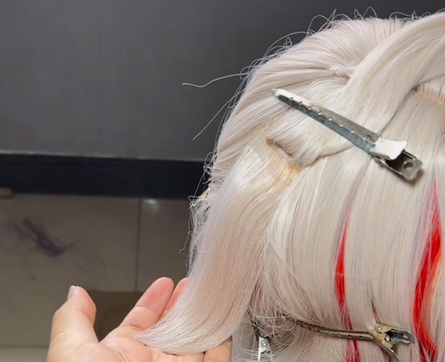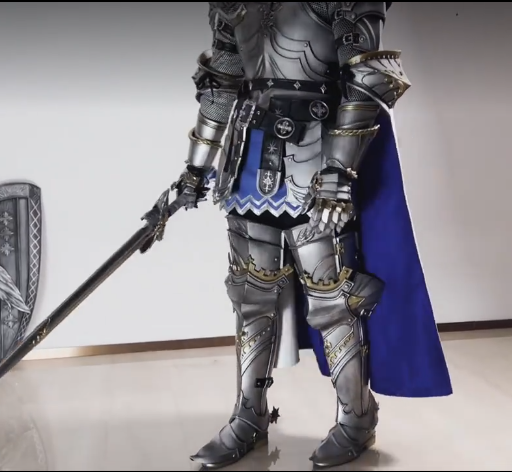Contents
Creating a Spider-Man costume can be a fulfilling and creative endeavor, whether it’s for cosplay, Halloween, or a themed event. This essay provides a step-by-step guide to crafting a Spider-Man suit that captures the essence of the iconic superhero, ensuring both accuracy and comfort.

Materials Needed
To start, gather the following materials:
Red and blue stretch fabric (spandex or lycra)
Black fabric paint or puffy paint
Black webbing or fabric marker
Sewing machine and thread
Zipper (optional)
Gloves
Boots or shoe covers
Spider-Man mask pattern or template
Craft foam or EVA foam (for the spider emblem)
Face shell (optional for shaping the mask)
Scissors
Measuring tape
Step 1: Design and Measure
The initial step involves planning and measuring to ensure the costume fits snugly and resembles the desired Spider-Man version, be it the classic look, the Marvel Cinematic Universe (MCU) variant, or the Miles Morales version.
Reference Images: Collect detailed images of the specific Spider-Man suit you wish to replicate. These images will serve as a visual guide throughout the crafting process.
Measurements: Accurate measurements are crucial for a well-fitted costume. Measure your chest, waist, hips, inseam, arm length, and neck. Note these measurements carefully as they will guide the pattern adjustments.
Step 2: Pattern Making
Creating or adjusting patterns is the next crucial step.
Suit Pattern: Obtain a Spider-Man bodysuit pattern online or use a basic bodysuit pattern. Adjust the pattern to match your measurements, ensuring a snug yet comfortable fit.
Mask Pattern: Download a Spider-Man mask pattern or template. Ensure the pattern fits comfortably over your head and aligns well with the suit pattern.
Step 3: Cutting Fabric
With patterns ready, proceed to cut the fabric.
Red Fabric: Cut the red fabric for the chest, arms, and mask. This fabric will form the primary color of the suit.
Blue Fabric: Cut the blue fabric for the legs and lower torso, ensuring consistency in color and texture.
Add Seam Allowance: While cutting, remember to add a seam allowance of approximately 1/4 inch to all pieces to facilitate sewing.
Step 4: Sewing the Suit
The assembly of the suit involves precise sewing.
Sew the Bodysuit: Begin by sewing the blue fabric pieces together, followed by the red pieces. Carefully attach the red and blue sections to form the complete bodysuit.
Add Zipper: If you prefer a zipper for easy wear, sew it into the back or side of the suit.
Finish Seams: Use a serger or a zigzag stitch to finish all seams, preventing fraying and ensuring durability.
Step 5: Mask Construction
Constructing the mask requires attention to detail for both appearance and comfort.
Sew the Mask: Sew the mask pieces together, leaving spaces for the eyes.
Eye Lenses: Attach mesh fabric or plastic lenses for the eyes, securing them firmly to the mask.
Face Shell (Optional): For a more defined shape, consider using a face shell underneath the mask.
Step 6: Web Pattern
Adding the iconic web pattern is a meticulous but rewarding process.
Draw the Webs: Using a fabric marker or puffy paint, draw the web pattern on the red sections of the suit and mask. Be patient and allow the paint to dry completely.
Black Webbing: For added texture, use thin black webbing or fabric strips.
Step 7: Spider Emblem
The spider emblem is a distinctive feature of the Spider-Man costume.
Craft Foam/EVA Foam: Cut out the spider emblem from craft foam or EVA foam and paint it black.
Attach Emblem: Securely sew or glue the emblem onto the chest of the suit.
Step 8: Gloves and Boots
Completing the costume involves accessorizing with gloves and boots.
Gloves: Use red gloves and draw the web pattern on them, ensuring a snug fit.
Boots/Shoe Covers: Either use red boots or create shoe covers from the red fabric and attach them to the suit.
Comfort: Ensure the suit is comfortable and allows for movement, as Spider-Man is known for his agility.
Accuracy: Pay close attention to details from your reference images to enhance the accuracy of your costume.
Practice: If you’re new to sewing, practice on scrap fabric before working on your costume to avoid mistakes.
Crafting a high quality Spider-Man costume involves creativity, precision, and patience. By following this step-by-step guide, you can create a costume that is both accurate and comfortable, embodying the spirit of Spider-Man. With attention to detail and careful execution, your Spider-Man costume will be a standout, whether for cosplay, Halloween, or any themed event.


